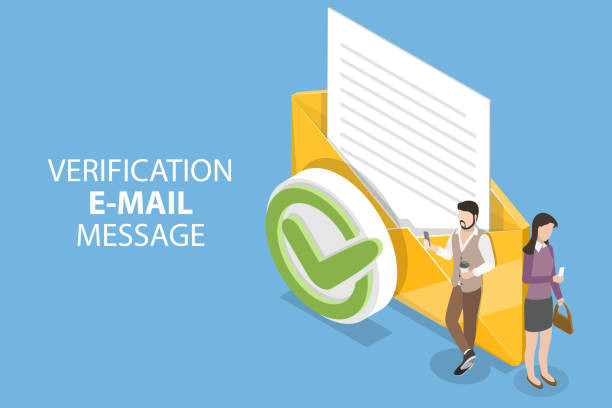Communication is the lifeblood of organizations, websites, and individuals alike in today’s linked society. The comfort of continual connectedness, however, brings with it the looming threat of spam communications flooding our inboxes, social media platforms, and messaging applications. These unwanted and frequently harmful messages not only clog our communication channels but also pose serious hazards, ranging from phishing attempts to identity theft. Enter Text Spam Checker APIs, powerful tools that act as silent guardians, protecting our communications from unwelcome spam messages.
In this post, we look at the function of these powerful APIs in spam prevention, examining their real-time processing, simple integration, and numerous uses across sectors to keep communication safe and spam-free. Join us as we demonstrate Text Spam Checker APIs’ strong influence on safeguarding the integrity of our digital transactions and ensuring a safer online environment for everybody.

Email Spam Detection APIs And Their Role In Communication Security
By identifying and deleting spam messages, the Text Spam Checker API helps to secure communication. It accepts input parameters, most likely the text of the message to be examined, and returns a JSON response to the user, which will most likely contain the categorization result, such as “spam” or “not spam,” as well as any further pertinent information.
The following are the most typical applications for the Text Spam Checker API:
- Email Filtering: The API may be incorporated with email services to automatically filter out spam communications, ensuring that users’ inboxes only include valid and relevant emails.
- Social Media Monitoring: The API may be used by social media platforms to scan user-generated content, such as comments and messages, for spam and prohibit it from being shown or submitted.
- E-commerce Fraud Detection: E-commerce websites can use the API to examine consumer communications supplied through contact forms or chat assistance to detect potentially fraudulent or spam actions.
- Customer Support Ticketing System: The API may be connected to customer support systems to check incoming messages from users, freeing up support agents’ time to address valid questions and concerns.
- Mobile messaging apps may use the API to recognize and reject spam messages, providing consumers with a cleaner and safer messaging experience.
- Comment Moderation: User-generated content websites, such as blogs or forums, can utilize the API to automatically detect and filter spammy comments, lowering the amount of irrelevant or dangerous information.
What Is The Most Popular Email Spam Detection API?
We investigated different options and determined that Zylalabs Text Spam Checker API is the most reliable and effective.
The Text Spam Checker Endpoint may receive a text from an email and determine if it is spam or not. The value 0 is not considered spam, while the value 1 is.
As an example, consider the following:
{
"text": "Musicians, content creators, and influencers around the globe are getting legendary sounds with Volt USB audio interfaces. No matter how you create, Volt keeps up. Ready to hear it for yourself? Find a dealer near you today."
}
{
"results": 0
}In Which Place Can I Find The Text Spam Checker API?

- To get started, navigate to the Text Spam Checker API and click the “START FREE TRIAL” button.
- You will be able to use the API after joining Zyla API Hub!
- Utilize the API endpoint.
- Then, by pressing the “test endpoint” button, you may make an API request and see the results shown on the screen.
Related Post: “Enhancing User Trust: Implementing A Spam Detection API In Your Communication Platform

